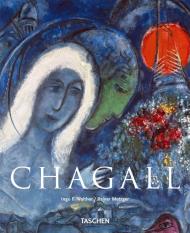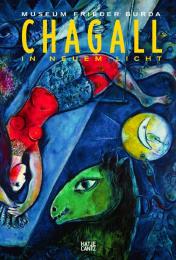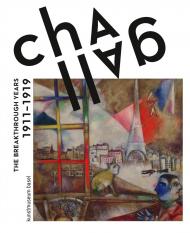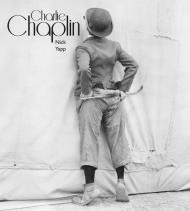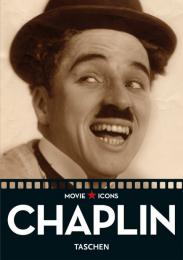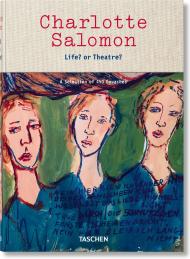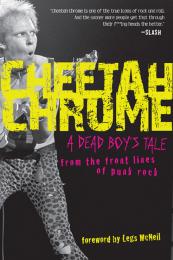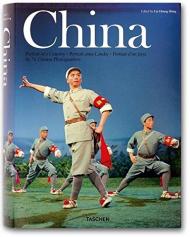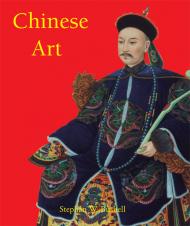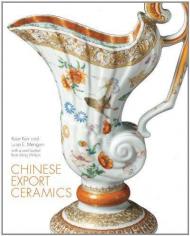Colourful dreams and tales
Chagall's world full of everyday miracles
The Belarusian painter Marc Chagall (1887-1985) is widely regarded as epitomizing the "painter as poet". The worldwide admiration he commanded remains unparalleled by any artist of the century.
Chagall’s paintings, steeped in mythology and mysticism, portray colourful dreams and tales that are deeply rooted in his Russian Jewish origins. The memories and yearning they evoke recall his native Vitebsk, and the great events that mark the life of ordinary people: birth, love, marriage and death. They tell of a world full of everyday miracles - in the room of lovers, on the streets of Vitebsk, beneath the Eiffel Tower in Paris.
Heaven and earth seem to meet in a topsy-turvy world in which whimsical figures of people and animals float through the air with gravity-defying serenity.
About the Series:
- Each book in TASCHEN’s Basic Art Series features:
- a detailed chronological summary of the life and oeuvre of the artist, covering his or her cultural and historical importance
- a concise biography
- approximately 100 colour illustrations with explanatory captions
The authors:
Rainer Metzger studied art history, history and German studies in Munich and Augsburg. He received his doctorate in 1994, and has worked as a fine arts journalist for the Viennese newspaper Der Standard. He has written numerous books on art, including volumes on Van Gogh and Chagall.
Ingo F. Walther (1940-2007) was born in Berlin and studied medieval studies, literature, and art history in Frankfurt am Main and Munich. He published numerous books on the art of the Middle Ages and of the 19th and 20th centuries. Walther's many titles for TASCHEN include Vincent Van Gogh, Picasso, Art of the 20th Century, and Codices Illustres.
Посмотреть русскоязычное издание книги Chagall - Шагал
